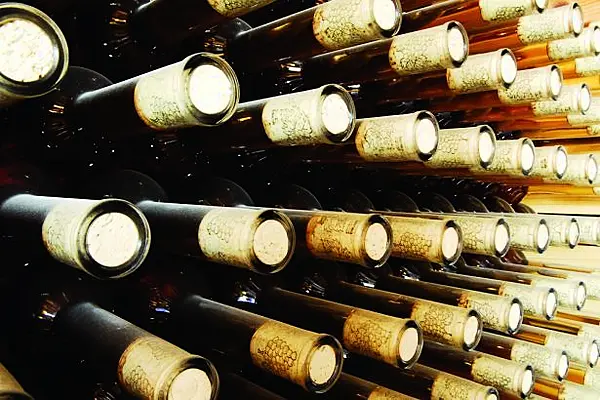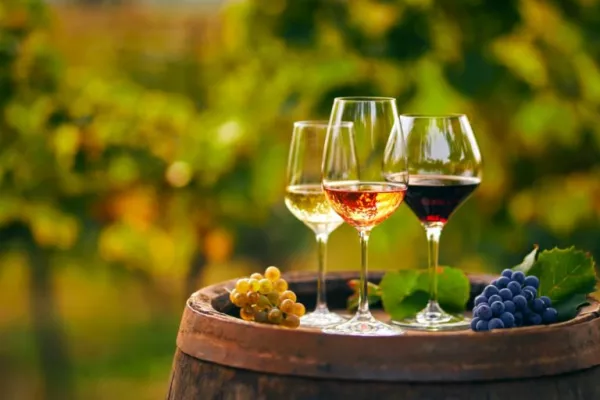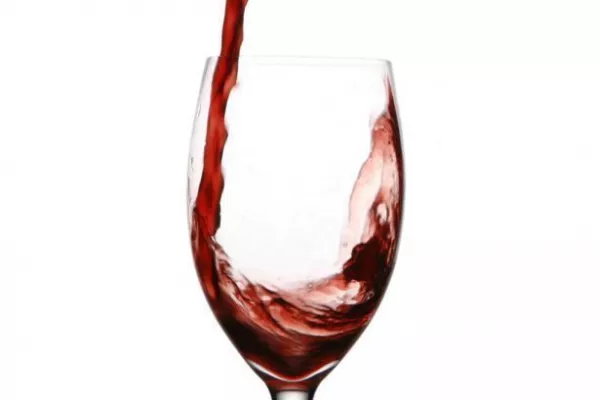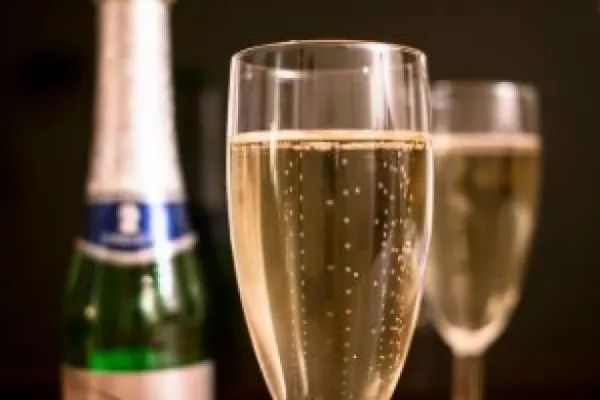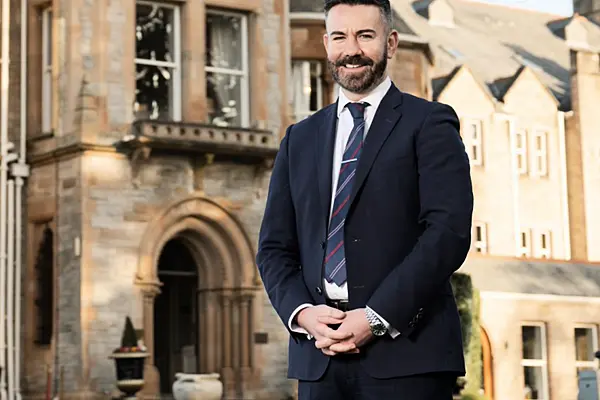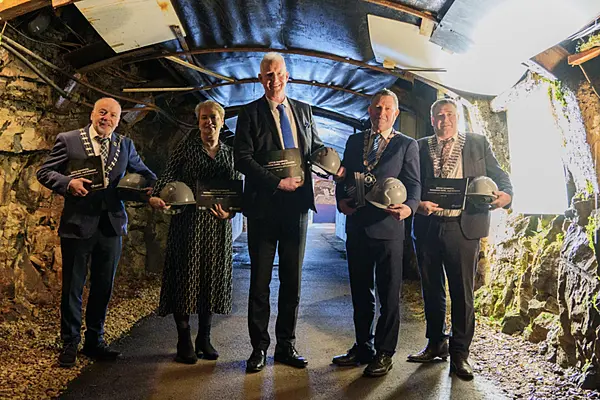Last week in Bordeaux, with skies alternating between rain and sun, I sipped and savoured about 450 barrel samples to see just how good the wines from the 2015 vintage are. Will they be worth buying as futures?
There’d been only modest buzz about the 2015s, a welcome departure from years past, when winemakers would regularly trumpet that they were sitting on a “vintage of the century.”
Still, I was seriously impressed with wines from dozens of châteaux, and not just the most prestigious ones. The best—whether red, white, or sweet—are lush, silky textured, and elegant; with fresh, fragrant fruit, soft power, and concentration.
They have great potential for aging, and a succulence that’s positively sexy.
Some châteaux, including Canon in Saint-Emilion, made their best wines ever.
The Taste TestsHow did I reach this conclusion?
En primeur is the annual rite in Bordeaux at which several thousand wine merchants, importers, and journalists from more than 50 countries come out in force, all on frenzied schedules to sip and spit.
First-growth Château Margaux welcomed 2,000 tasters over five days. Château Angélus in Saint-Emilion received 2,500. As I bounced among dozens of tastings, I spit into upturned barrel crachoirs (spittoons), black plastic buckets, yellow ceramic pots, and stainless-steel bowls. Locations varied, from the huge new (and eerily empty) stadium in Bordeaux to historic rooms filled with art. By 6 p.m. each day, my teeth, fingers, and notebook pages were tinged purple.
It’s usually tough to assess unfinished wines, because harsh tannins assault your palate, but the best 2015s have such luscious, bright fruit it was a pleasure to swirl them around in your mouth.
The Verdict2015 is a great vintage, the best one since the supercharged twin years of 2009-10. But it’s much more variable and unusual than I’d expected. The peaks are high (see my picks below), but there are some stumbles.
While I tasted superb wines in every appellation and up and down the pecking order, I found many that were merely pretty good. In this early state, some of those were harsh and tannic, such as Château Maucaillou. Others, like Château Cap de Mourlin, were too brash, clearly made in an overripe, blockbuster style meant to appeal to a palate like Robert Parker’s, though he announced last year he’d no longer come to en primeur to judge wines.
Most of the buzz was for the rich, exotically fruity wines of Pomerol and Saint-Emilion, but there were also stellar classic reds (and whites) in France’s Graves region, south of Bordeaux, Margaux, and elsewhere in the Médoc.
Great—But Unusual—ConditionsAt every stop, I heard the same tale of singular weather conditions. Four months of drought—plus a hot June and July—produced tiny, intense grapes with the thick skins that result in plenty of tannins. Rain came at exactly the right time to revive vines stressed by temperature and dryness. Then, cooler-than-normal weather in September and October allowed vignerons to pick when the grapes were perfectly ripe.
“It was the first time ever that August rain saved the vintage,” explained Véronique Sanders of Château Haut-Bailly. Her spicy, powerful blend of cabernet sauvignon, merlot, and petit verdot is one of the vintage’s successes. A small amount will even go into a special circular bottle designed for drinking in outer space.
Christian Moueix of négociant house JP Moueix, owner of a number of Right Bank estates, said: “July heat and dryness created the thick skins that hold the tannin.” For him, the wines are dense and flamboyant.
The Best of the BestSo which wines have the ultimate “wow” factor?
One is Château Pétrus. In the spare white tasting room, where tasters spoke in reverent hushed tones, this legendary wine was just about perfect, with purity of fruit, concentration, and as soft-textured as a silk and cashmere scarf. It’s not a wine that I felt like spitting out. Although less powerful than the 2010, it has more complexity and sensuality. Winemaker Olivier Berrouet said the most important thing was vinifying it gently. “The danger for a vintage like 2015,” he said, “was going too far. If we’d wanted to make a super-extracted, alcoholic monster, we could have.”
Besides my top picks below, I’d single out the following: first-growths Lafite Rothschild, Haut-Brion, and Cheval Blanc; midpriced Rauzan-Ségla, d’Issan, Figeac, Lafleur-Pétrus, Domaine de Chevalier, Pichon-Longueville-Baron, Montrose, Calon-Ségur; values Labégorce, La Clotte, and Fiefs de Lagrange.
In the next couple of months, châteaux will release their initial futures’ prices. That’s when you’ll learn which of my picks is worth buying while still in barrel.
If you’re in London on July 6, you’ll be able to taste barrel samples of many of these wines at Berry Bros. 2015 Bordeaux En Primeur Tasting.
My Top 10 WinesPétrus: Almost perfect, this wine is all about gentle strength, with complex flavors that go on and on.
Lafleur: This perfectly balanced cult Pomerol has deep, dark fruit and cassis flavors.
Vieux Château Certan: This super-elegant, silky Pomerol is even more classically structured than the château’s 2010.
Bélair-Monange: This rich, powerful Saint-Emilion is the best vintage yet for this premier cru classe estate.
Canon: With stunning plum and floral aromas, savory fruit, and earth flavors, it’s both delicate and rich.
Ausone: Dark, rich, and flamboyant, it’s packed with silky fruit.
Margaux: Lush, expansive, with a fan of flavors, it has a distinctly soft texture that hides deep power.
Pontet-Canet: Really luscious, this soft, plush wine is dramatic, savory, and deep.
Haut-Bailly: This super-elegant red has notes of violets and the structure to age for decades.
Pichon Lalande: This vintage favors the château’s style of lovely structure and balance.
Eight Wines With Great ValueAlthough we won’t know how these wines will be priced until May, or even later, these will likely retail for less than $40.
Le Pape: Now owned by Haut-Bailly, this small estate produced a dense, spicy, elegant wine.
Grand Village: The owners of Château Lafleur make this elegant, fruity red at their Fronsac estate.
Corbin: Gorgeously succulent and fruity, this wine shows how great the vintage was for merlot grapes grown on clay soils.
Quinault l’Enclos: Now owned by Cheval Blanc, it’s plush, pretty, fresh, and elegant.
Tour Saint-Christophe: This recently revamped Saint-Emilion estate produced an intense, classic, and structured wine.
La Lagune: Plush and soft, this wine is all about a marvelously long finish.
Ducluzeau: The small estates owned by Ducru-Beaucaillou produced superb wines, like this juicy, spicy one brimming with bright fruit.
Siran: Very savory and pretty, this Margaux château’s wine has plum and floral notes and a long finish.
Four Wines to AvoidMaucaillou: This red from Moulis-en-Médoc has a strange, menthol-like aroma and so much tannin that it’s completely out of balance.
Ferrande: Although the château’s white is attractive, this red from the Graves appellation has strange herbal notes.
La Cabanne: A dark, intense Pomerol with the burnt flavors of old ashes.
La Couspaude: This Saint-Emilion verges on overripe fruit flavors and way too much oak.
News by Bloomberg, edited by Hospitality Ireland
